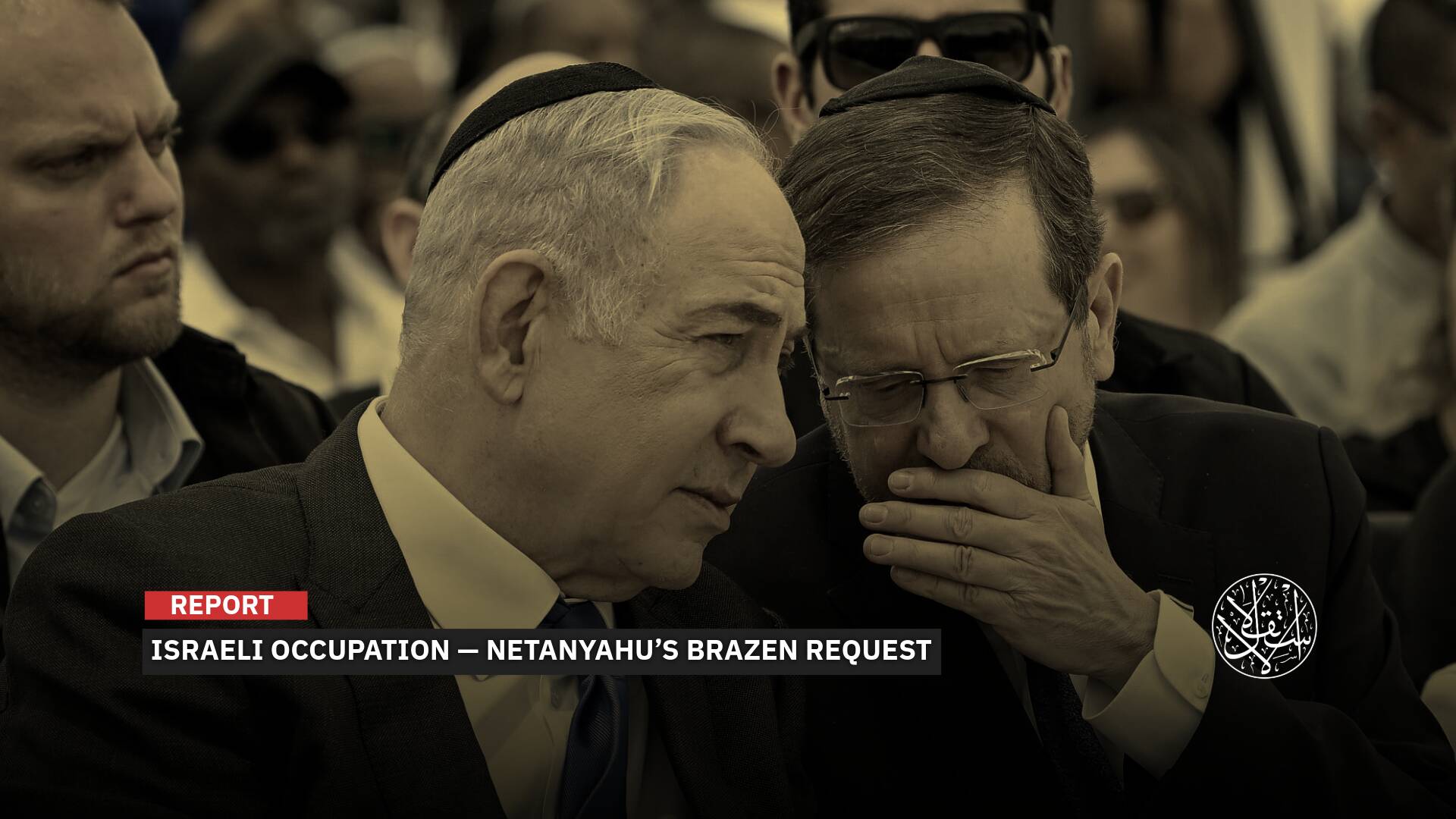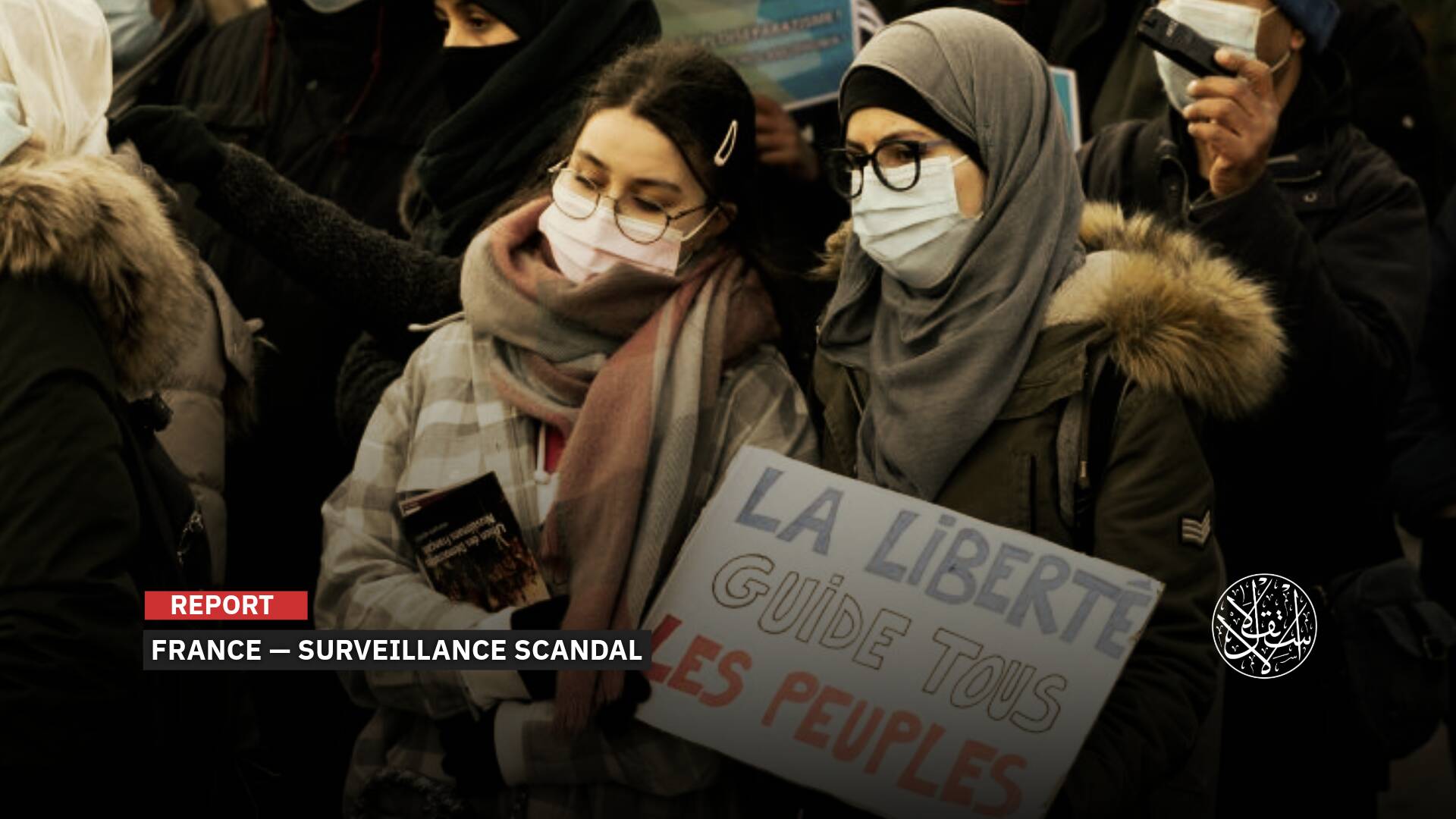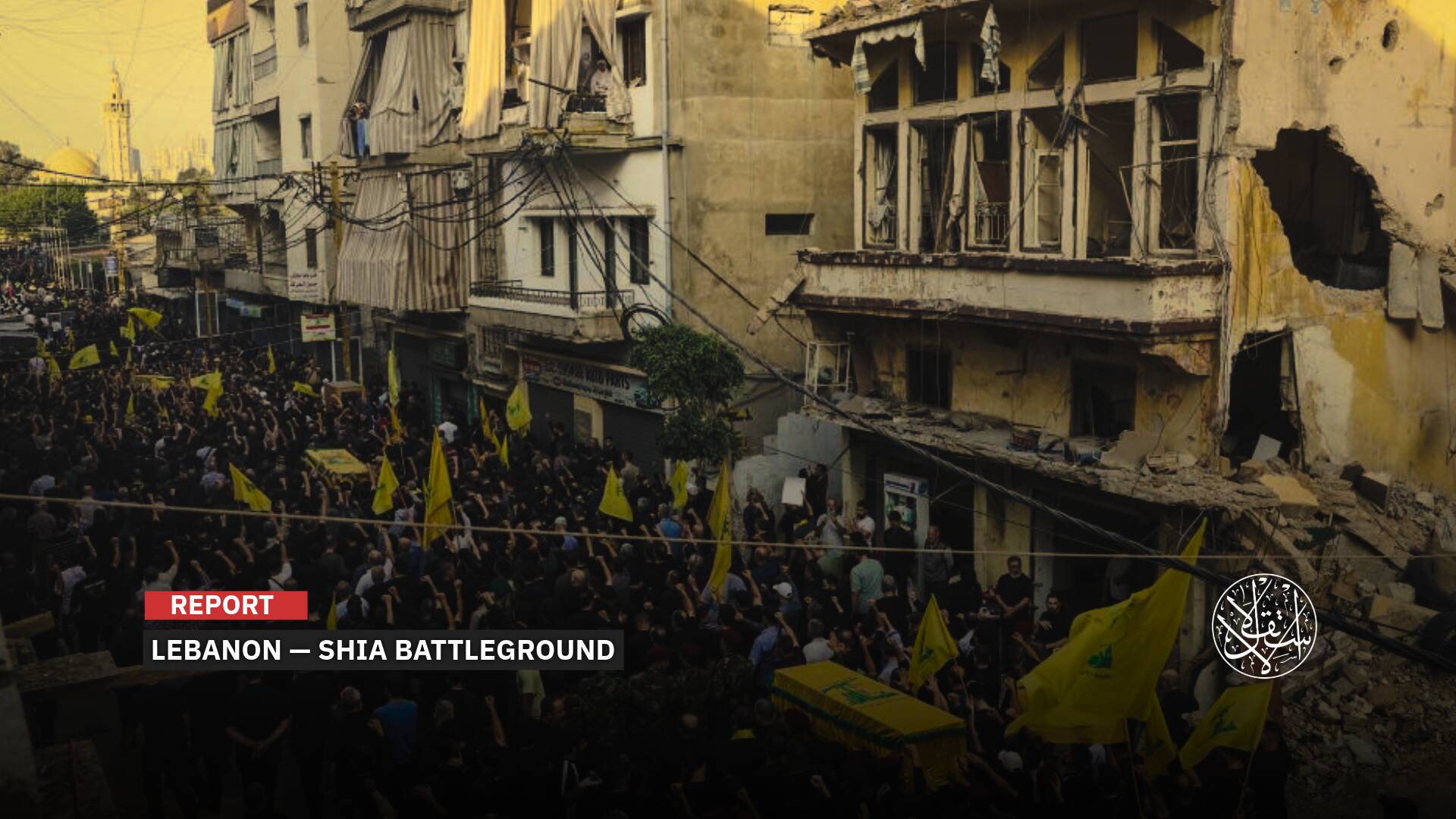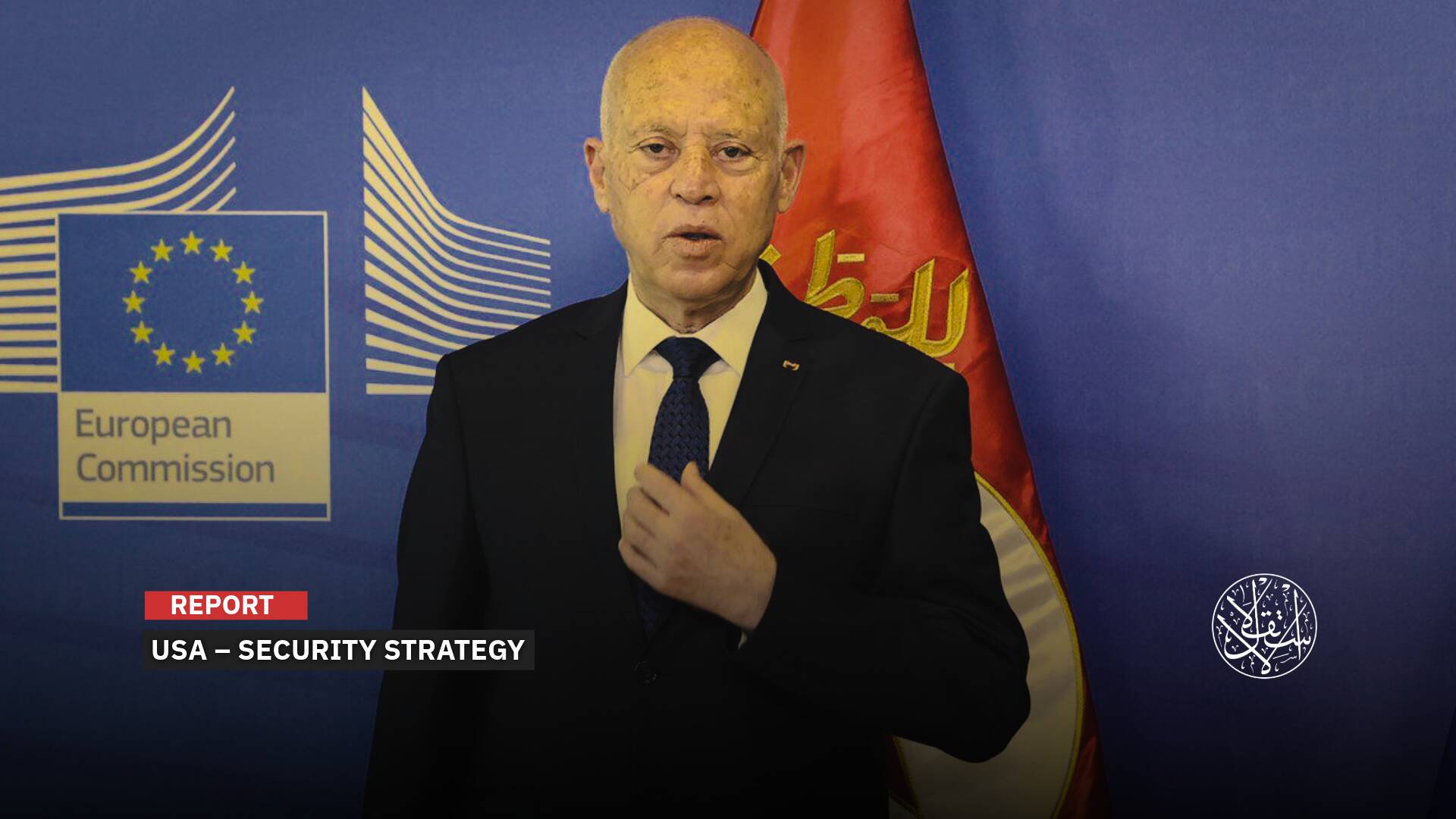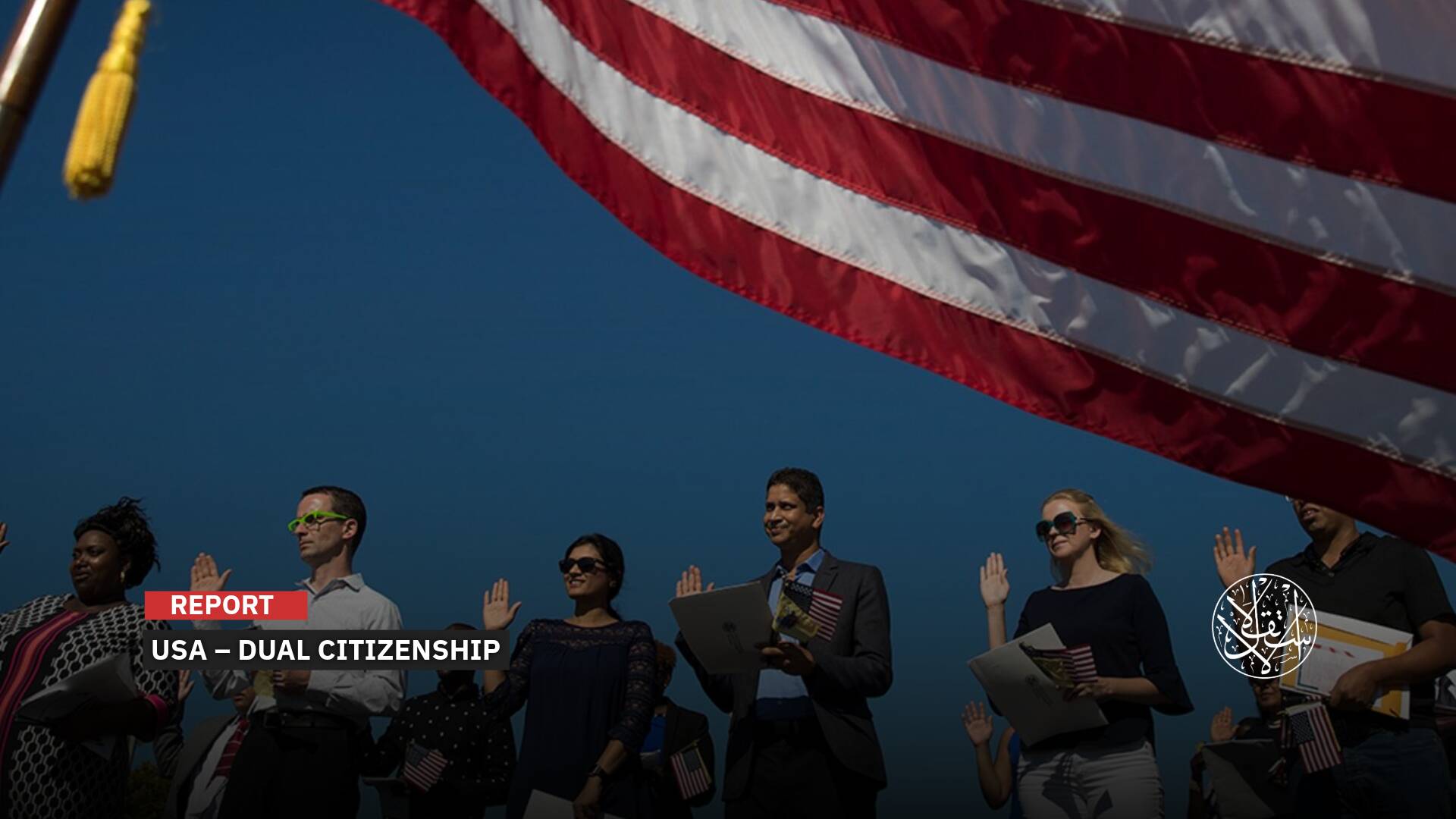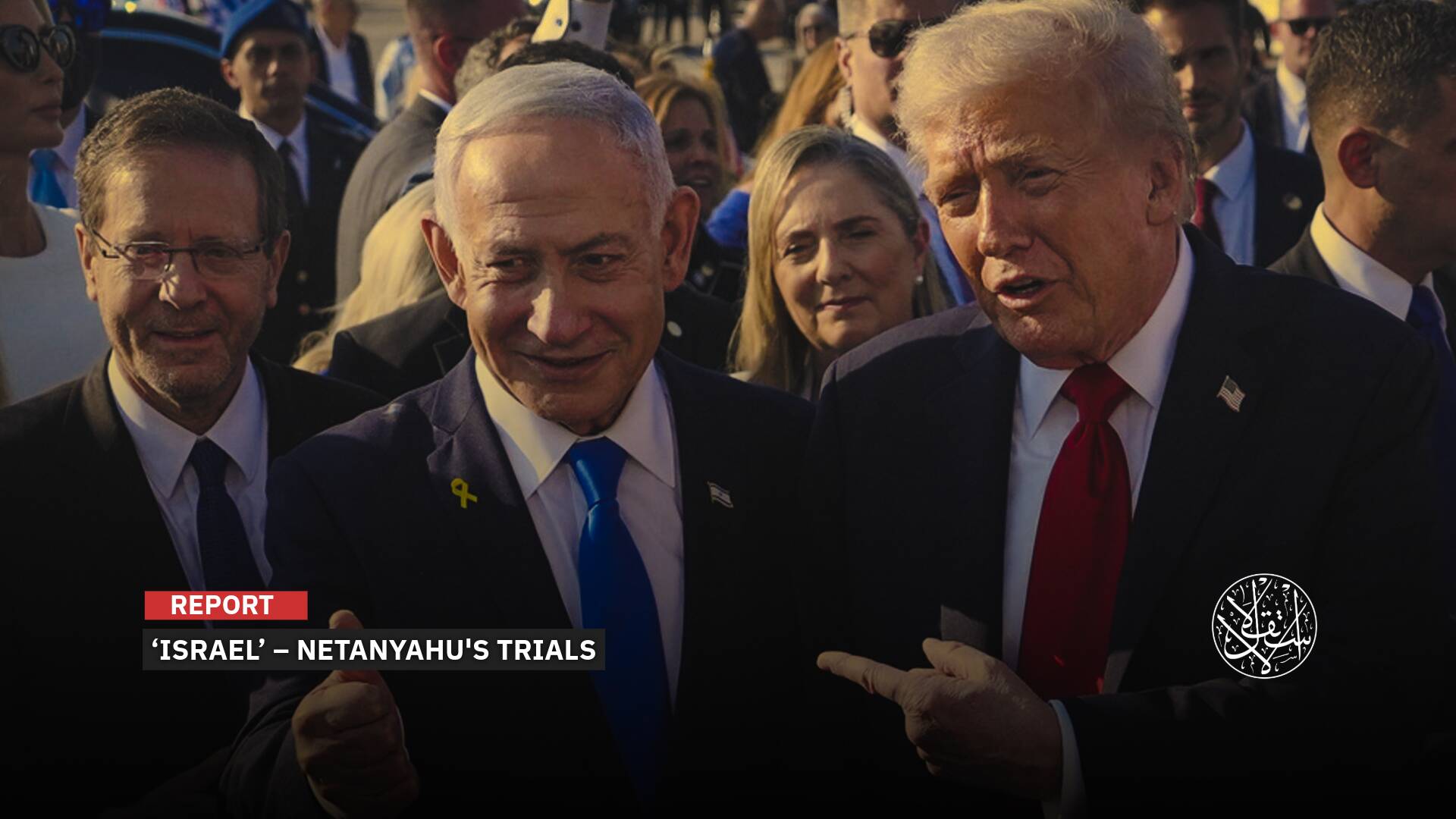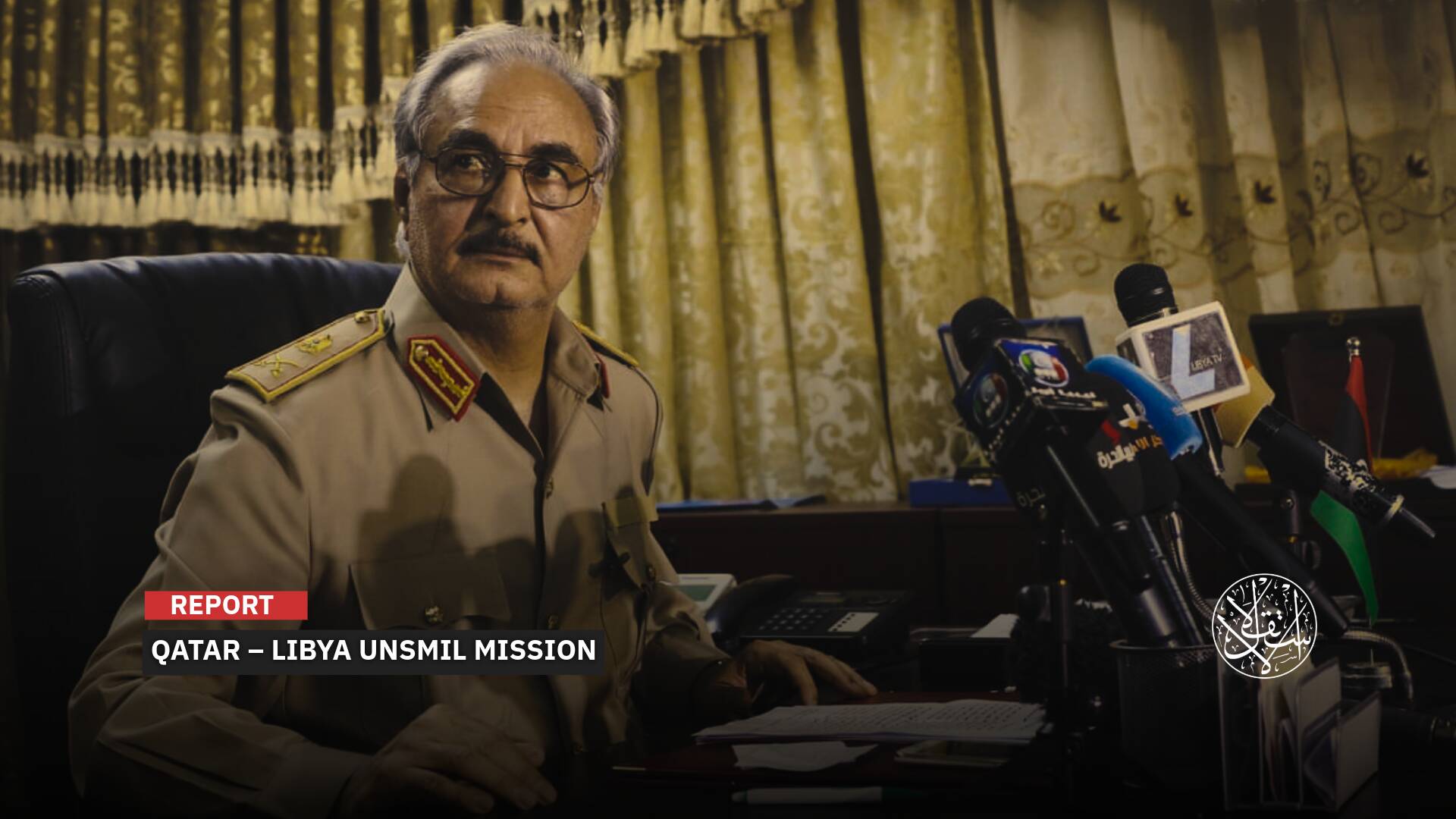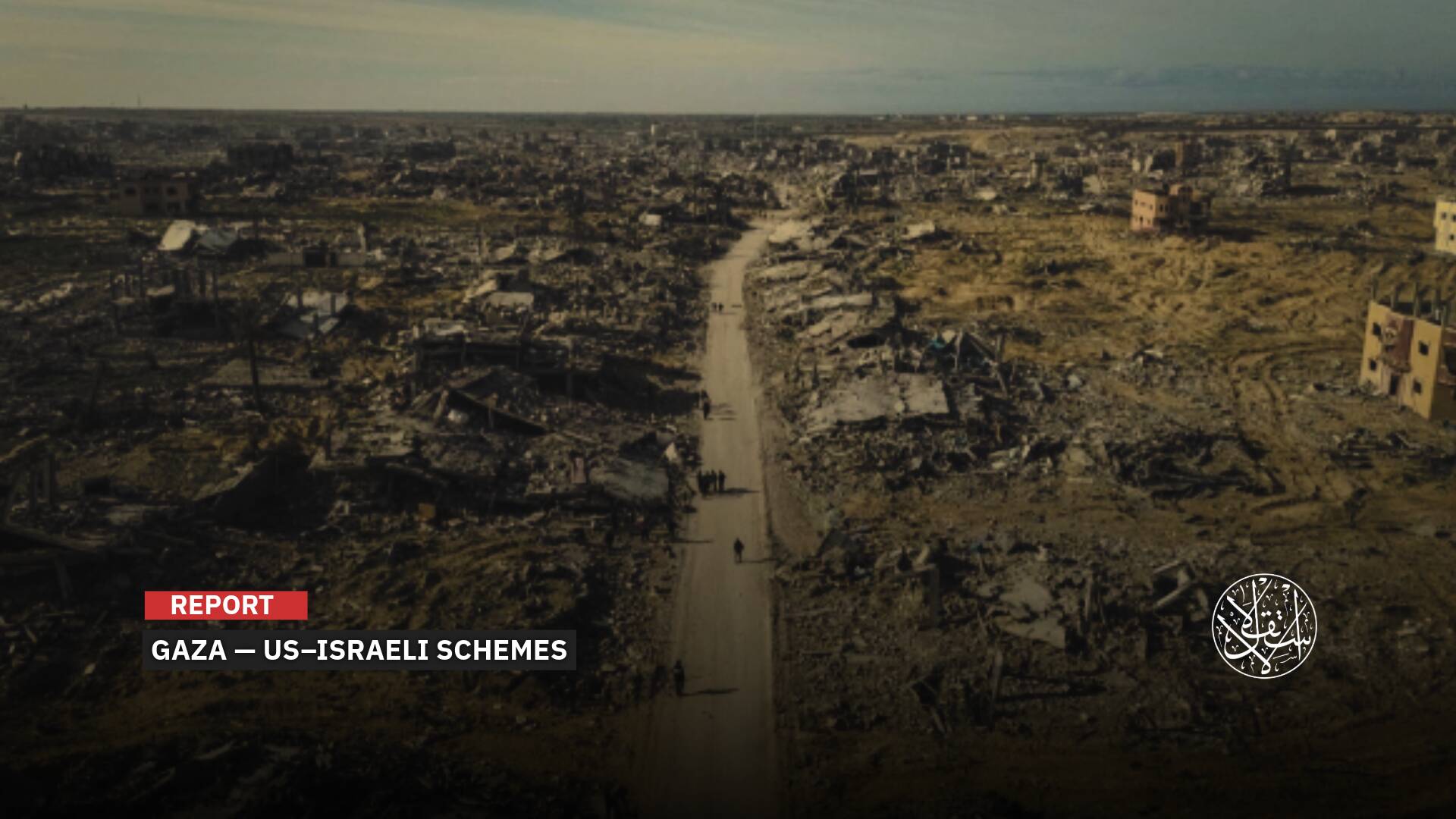Has the Iranian Regime Shelved the Controversial New Hijab Law?

“During his election campaign, President Pezeshkian pledged to prevent the harsh treatment of women for hijab.”
“We must not do anything that will cause discontent among others,” said Iranian President Massoud Pezeshkian against a law that severely increases penalties for women who wear the hijab in an inappropriate manner — according to the authorities — or who do not wear it at all.
During his presidential campaign, Pezeshkian pledged to end hijab patrols and violence against women for dress code violations. Now, his supporters and some reformist-aligned media are openly calling on him to honor that commitment.
Pezeshkian knows very well that the greatest threat to Iran now is not military weakness, especially after the fall of its ally in Syria, but popular division.
He did not stop at criticism and condemnation, but took an exceptional and unprecedented step, and went to the National Security Council to present an opinion on the security threat posed by this law, which has sparked wide divisions among politicians, clerics, and civil society inside and outside Iran.
Iran’s Supreme Leader Ali Khamenei appears to have become convinced that the issue is no longer a struggle between reformists and conservatives over Iran’s identity, but rather a real threat to domestic security, especially at a very difficult time for Iran.
As a result, on December 14, the National Security Council ordered the law to be frozen and not implemented due to its potential security consequences.
Mandatory hijab regulations were first introduced in 1981, following the 1979 Islamic Revolution, and formally enforced in 1983.
Controversial Law
On November 27, after weeks of heated debate, Iranian Parliament Speaker Mohammad Bagher Ghalibaf announced that the law known as ‘the hijab and chastity law’, which the Guardian Council had approved on September 21, would be officially enacted on December 13.
However, after domestic and foreign criticism following the Guardian Council’s publication of the text of the law, some members of parliament indicated that if Pezeshkian did not sign the law, Ghalibaf would take matters into his own hands.
As of December 12, MP Haj Diligani had assured reporters that the law would be sent to the president the following day, giving him two weeks to implement it.
Amir Hossein Bankipour, one of the law’s proponents, said that the government should have raised any objections before the Guardian Council approved it.
“Now that the law has passed, it must be enforced, and any attempt to circumvent it will have serious consequences,” he added.
However, on December 14, it was announced that the law would not be implemented at the request of the Pezeshkian administration and the intervention of the Supreme National Security Council.
Presidential advisor Ali Rabiei explained that the move was based on an assessment of the law’s potential social impacts.
This retreat indicates a major concession by the Iranian regime, reflecting its fears of renewed popular unrest amid sensitive regional conditions.
The text of the new law has not been officially published, but according to media reports, those who violate the dress code could face up to 15 years in prison and a fine of $4,445.
The law also gives police the power to use artificial intelligence to identify women who are not wearing the hijab using cameras.
This debate over the legality of the hijab coincided with an uproar caused by the Iranian authorities’ release of singer Parastou Ahmadi, who was arrested after performing without a hijab.

Criticisms and Warnings
Since the publication of the final text of the hijab and chastity law on December 10, a wave of protests and warnings from many political and social figures regarding its implementation has begun.
In the latest reactions, more than 240 social, cultural and political activists issued a statement in which they considered this law to be contrary to the wishes of the majority of the people, stressing that Iranian women will not tolerate more humiliation and discrimination.
More than 150 student activists also issued a statement condemning the new compulsory hijab law, saying the recent resistance of Iranian women proves that collective desire will overcome oppression.
Student activists described the law as clear evidence of the regime's desperation to impose its policies, warning that this approach does not provide a solution to social and cultural issues, but rather increases crises and doubles economic pressures on the people.
On its part, the Iranian Writers' Association considered in a statement published on December 13 that the new law is an official declaration of a war that has been going on for more than forty years against women, stressing that Iranian women will not back down from their demands for freedom.
On the same day, UN experts expressed their concern in a statement about the passage of this law, calling on the Iranian regime to immediately repeal it.
They also considered the new law another attack on the rights and freedoms of women in Iran, warning that it strengthens the government’s control over women’s bodies.
Amnesty International described the law imposing compulsory hijab as a step to intensify repression against women and girls in Iran, warning that the Iranian authorities are seeking to consolidate a repressive system aimed at undermining women’s rights.

On December 17, 2024, Ali Khamenei delivered a televised speech to a group of women, declaring that the most important role of a woman within the family is childbearing and motherhood.
Without addressing the mandatory hijab law or its suspension, he emphasized the security implications of the issue for the clerical regime.
“In the name of defending women, the enemy foments unrest in a country… The soft war and deceptive methods used to divert people from values, especially regarding women, must be understood,” he said.
Maryam Rajavi, the president-elect of the National Council of Resistance of Iran, responded to Khamenei’s comments with a powerful statement.
“The answer of Iran’s free women to Khamenei’s drivel is the same slogan they chanted during the 2022 uprising: ‘Khamenei, you tyrant, we’ll bury you underground,” she said.
Rajavi condemned the regime’s misogyny, noting that it has set global records for the imprisonment, torture, and execution of women over the past 45 years.
In a speech in April 2023, Khamenei asserted that flouting hijab was religiously and politically haram forbidden.
He claimed that foreign intelligence services were encouraging Iranian women to disobey the mandatory hijab.
A day after the speech, Ghalibaf said Khamenei's order was clear and promised to give precedence to any hijab-related motion or bill.
The police and other authorities, including Tehran Metro security, have also increased their pressure on women and businesses such as shops, restaurants, cafes to enforce hijab rules.

Potential Uprising
On December 21, Iran International, a Persian-language television channel, reported that morality police patrols in the Iranian city of Qom had violently arrested two girls two days earlier for not adhering to the mandatory hijab.
In recent years, several videos have been published documenting violent arrests of women who oppose the compulsory hijab and their beatings by morality police patrols.
A video was published last July showing the violent arrest and beating of two teenage girls in Tehran on the pretext that they were not wearing the hijab as well.
It is noteworthy that the two young Iranian women: Mahsa Amini and Armita Geravand are among the most prominent victims of the compulsory hijab in Iran, who died after being tortured by security agents affiliated with the Khamenei regime in 2022 and 2023.
Analyst Ibrahim Khatib pointed out in a statement to Al-Estiklal that “the new hijab law has proven to be a double-edged sword: its potential implementation may threaten to ignite widespread popular protests, while its suspension reflects a deep crisis within the regime, especially after the fall of its geopolitical influence in Syria.”
“The factors that could trigger protests inside Iran are many, ranging from the worsening economic crisis, demonstrations by workers demanding better wages and working conditions, and the low standard of living, to government directives to ration electricity consumption during the winter,” he added.
“In addition to the above, there is the escalation of restrictions imposed by the authorities on social freedoms, in addition to the continued tension in relations with the various Iranian ethnic groups on the border,” he stressed.
Mr. Khatib concluded that “there are no exceptional signs indicating the maturation of civil disobedience now, but the intention to raise gasoline prices and harm the financing of welfare plans may accumulate and become a decisive mass.”

Observers also stressed that the timing of the implementation of the chastity and hijab law could have been an excellent recipe for widespread protests in Iran, which may turn into a revolution against the Iranian regime, in a way that may lead to a repetition of the Syrian model in Iran.
Decision-making circles in Iran have begun to see that “Israel” has already begun a plan to undermine the pillars of the Iranian regime from within, by fueling social protests.
In less than a month, Israeli Prime Minister Benjamin Netanyahu sent two messages to the Iranian people.
In his first message, Netanyahu said that the Khamenei regime fears the Iranian people more than “Israel”.
In his last message, he said: “Women, life, freedom… this is the future of Iran, and this is the future of peace.”
Israel’s Ambassador to the United Nations, Danny Danon, directly addressed the Iranian people in Farsi at a session of the UN Security Council, imploring them not to miss this rare, historic opportunity and to take action now.
“I am telling the Iranian people, we know the cost of freedom and the courage it demands,” Danon said. “Your fight is not just for yourselves but for the millions of lives the regime has destabilized and destroyed,” he said.


